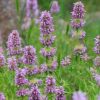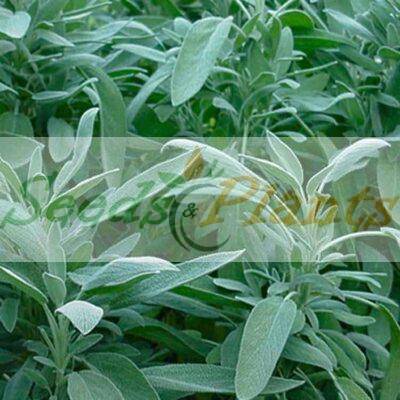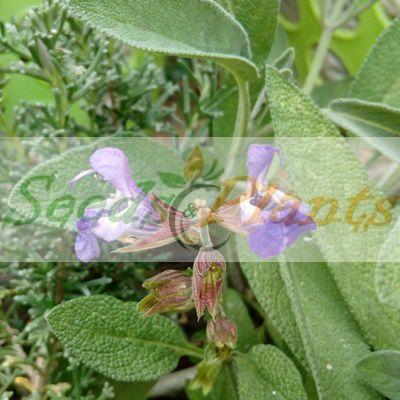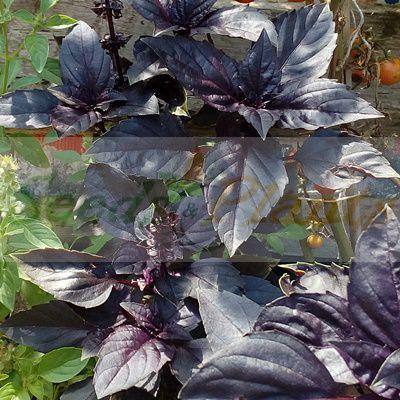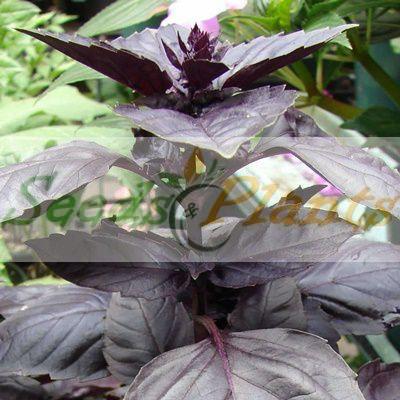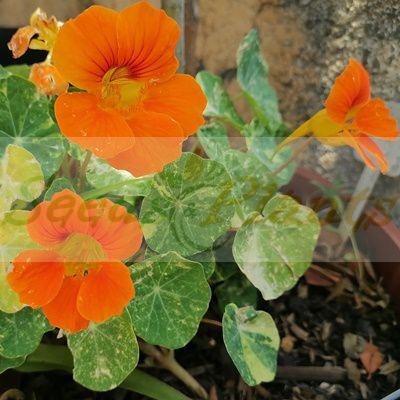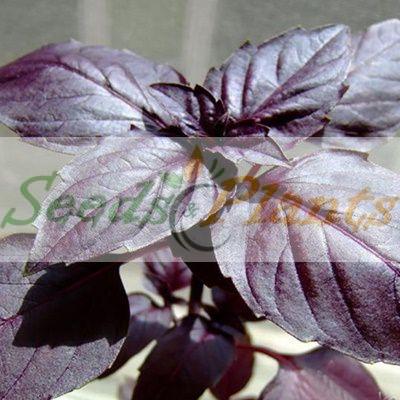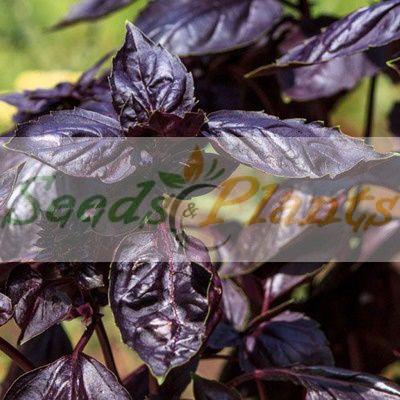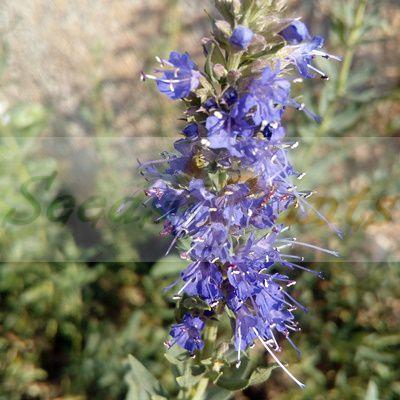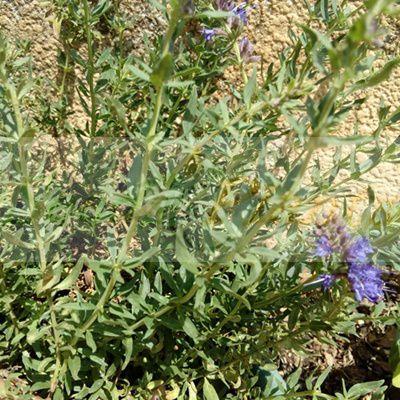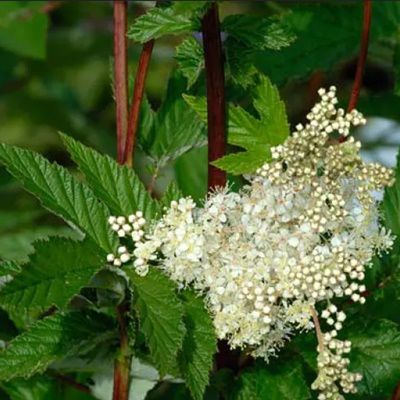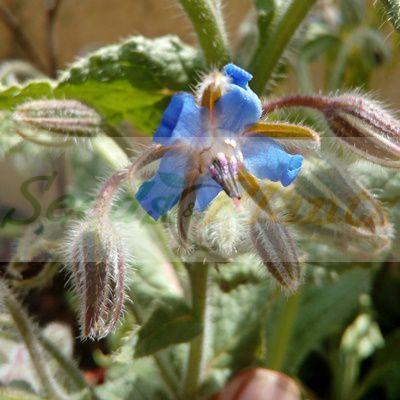🍃 Culinary Quick Facts
Culinary Info
- 🌍 Origin / Region: Mediterranean, Middle East
- 🍽️ Culinary Use: Cooking, Seasoning, Stuffing
- 🥗 Edible Part: Leaf
- 😋 Flavor Profile: Earthy, Peppery, Savory
Medicinal Info
- 🌿 Medicinal Part: Leaf
- 🍵 Herbal Preparation: Essential Oil, Extract / Tincture, Infusion / Tea, Inhalation, Ointments/Creams
- ⚕️ Healing System: European Traditional Medicine, Siddha System of Medicine
Growth Traits
- 🌱 Life Cycle: Perennial
- 🌾 Plant Type: Herbaceous Perennial
- 🦋 Pollinator Method: Attracts Bees, Attracts Butterflies
- 🪴 Growth Habit: Bushy, Spreading
- 🌸 Flower Color: Purple-Blue
Growing Requirements
- 🌞 Sun Exposure: Full Sun
- 💧 Water Needs: Avoid Overwatering, Low Water, Water Deeply
- ☀️ Growing Conditions: Cold Tolerant, Drought Tolerant, Heat Tolerant, Moderate Frost Tolerance
- 🟤 Soil Preference: Loam, Moderately Fertile, Poor Soil Tolerant, Sandy, Well-Drained
Garden Sage – 20 Seeds
(Salvia officinalis)
R30.00
Garden Sage has a long history of medicinal and culinary use, and in modern times as an ornamental garden plant.
Common Names: Culinary sage, common garden sage and garden sage.
Indoor Sowing: Late Winter and Early Spring.
Direct Sowing: Spring.
In stock
🍃 Culinary Quick Facts
Culinary Info
- 🌍 Origin / Region: Mediterranean, Middle East
- 🍽️ Culinary Use: Cooking, Seasoning, Stuffing
- 🥗 Edible Part: Leaf
- 😋 Flavor Profile: Earthy, Peppery, Savory
Medicinal Info
- 🌿 Medicinal Part: Leaf
- 🍵 Herbal Preparation: Essential Oil, Extract / Tincture, Infusion / Tea, Inhalation, Ointments/Creams
- ⚕️ Healing System: European Traditional Medicine, Siddha System of Medicine
Growth Traits
- 🌱 Life Cycle: Perennial
- 🌾 Plant Type: Herbaceous Perennial
- 🦋 Pollinator Method: Attracts Bees, Attracts Butterflies
- 🪴 Growth Habit: Bushy, Spreading
- 🌸 Flower Color: Purple-Blue
Growing Requirements
- 🌞 Sun Exposure: Full Sun
- 💧 Water Needs: Avoid Overwatering, Low Water, Water Deeply
- ☀️ Growing Conditions: Cold Tolerant, Drought Tolerant, Heat Tolerant, Moderate Frost Tolerance
- 🟤 Soil Preference: Loam, Moderately Fertile, Poor Soil Tolerant, Sandy, Well-Drained
Garden Sage seeds. Garden Sage (Salvia officinalis) is an aromatic perennial with woody stems, grayish leaves, and blue to purplish flowers. Common names include culinary sage, common garden sage, or garden sage. Sage is often mentioned as the herb of immortality, domestic virtue, health, and wisdom. Sage was a sacred ceremonial herb of the Romans. It has a long history of medicinal and culinary use, and in modern times as an ornamental garden plant.
Garden Sage Culinary Uses
Sage is a very popular as a culinary herb and can be used in many way, such as
- Put some leaves into pesto with other herbs.
- Add to egg dishes.
- Add to potato dishes.
- Add sage to sausage.
- Add sage to bean dishes.
- Infuse honey with sage.
- Use with parsley, rosemary and thyme in chicken risotti and soups.
- Add along with fresh parsley, basil, thyme, and rosemary to tomato sauces.
- Deep-fry the leaves and serve as an appetizer, or use as a garnish for poultry, meat dishes, or pasta.
Garden Sage Medicinal Benefits
- Helps with digestive problems, including loss of appetite, gas , stomach pain (gastritis), diarrhea, bloating, and heartburn.
- Age-related cognitive decline – It is also used to improve mental performance and memory, to reduce pain after surgery, for Alzheimer’s disease, and to prevent lung cancer.
- It is used for reducing overproduction of perspiration and saliva.
- Helps with depression, diabetes, high cholesterol, and a condition in which there is too little blood flow to the brain (cerebral ischemia).
- Women can use sage for painful menstrual periods, to correct excessive milk flow during nursing, and to reduce hot flashes during menopause.
- Sage is also used by men to reduce hot flashes during certain treatments for prostate cancer called androgen deprivation therapy.
- Sore throat – Gargling with sage tea has long been used as a remedy for sore throat and coughs.
- Sage is applied directly to the mouth or throat for cold sores, gum disease (gingivitis), sore mouth, throat, or tongue, swollen, painful nasal passages, and swollen tonsils. It is also applied to the skin after sun exposure to prevent sunburn.
Growing Garden Sage
Indoor Sowing: Late Winter and Early Spring.
Direct Sowing: Spring.
- Start Garden Sage seeds indoors in Late Winter or Early Spring or direct sow in Spring.
- Sage seeds need light to germinate, so don’t cover them too deeply in the soil.
- Sow seeds in individual containers, by lightly pressing the seeds into the soil.
- Keep the soil moist but not wet.
- Place the container is a sunny area, as light is needed for germination to take place.
- Transplant outside after the last frost, once the seedlings have their first true leaves and are large enough to handle.
- Will grow in most soils with very good drainage and a fair amount of nitrogen.
Can this plant be used for culinary purposes?
Garden Sage is traditionally used for culinary purposes such as cooking and seasoning.
Does this plant have medicinal uses?
Traditionally, Garden Sage has a history of use in various healing systems, including European Traditional Medicine and Siddha System of Medicine. Seeds are sold for cultivation purposes only.
Disclaimer
Medicinal Information:
All medicinal information on this website is for educational and informational purposes only and may not be construed as medical advice. The information is not intended to replace medical advice or treatment offered by healthcare professionals.
Seeds, Plants, Plant Cuttings, Geophytes and Dried Herbs:
In some countries and provinces, certain plants are deemed as invasive and are not allowed to be planted at all, whilst some plants are allowed to be grown only in certain areas or provinces. The onus is on you as the buyer to familiarize yourself with the regulations pertaining to your location, before purchasing any of our seeds, plants, plant cuttings, geophytes or dried herbs. We will not be held liable, should you purchase any seeds, plants, plant cuttings, geophytes or dried herbs. from us which are prohibited in your country or province.


